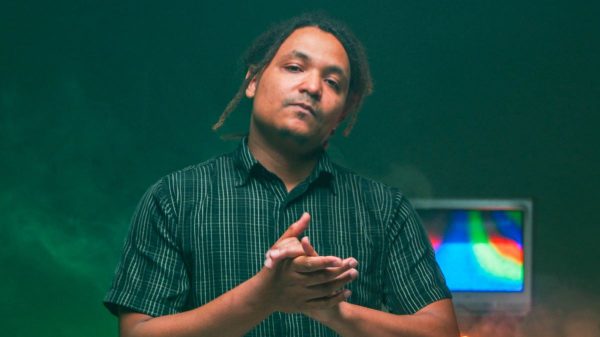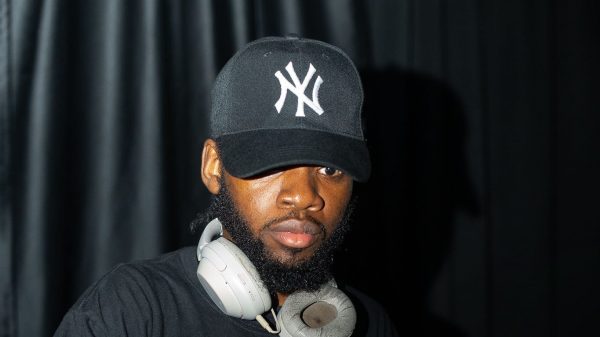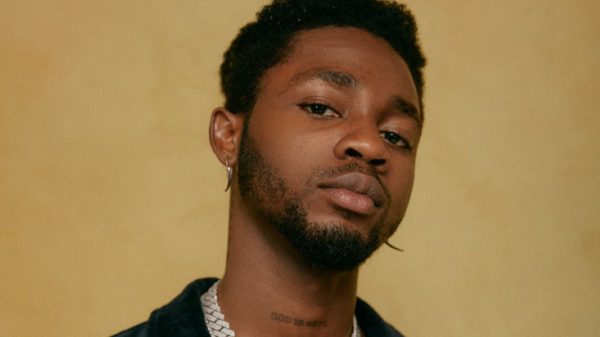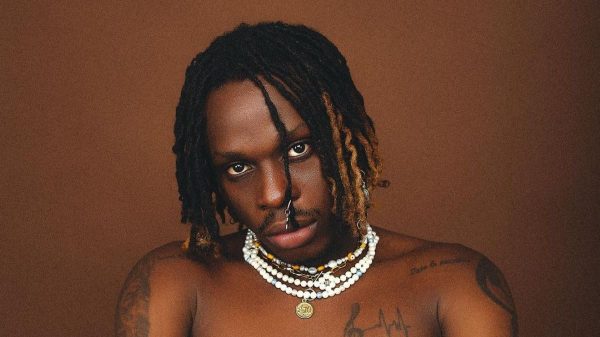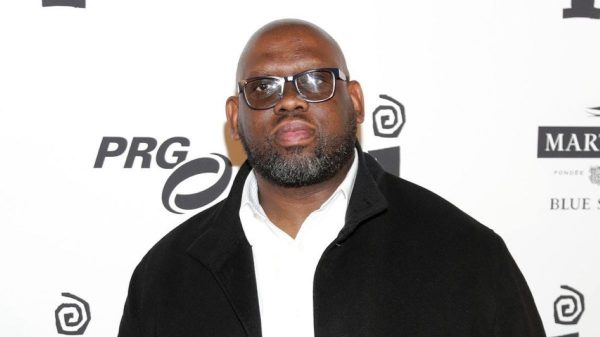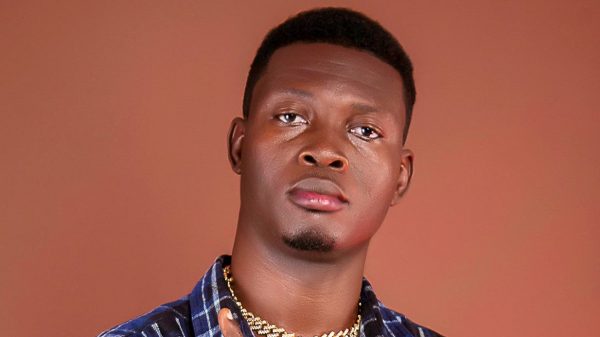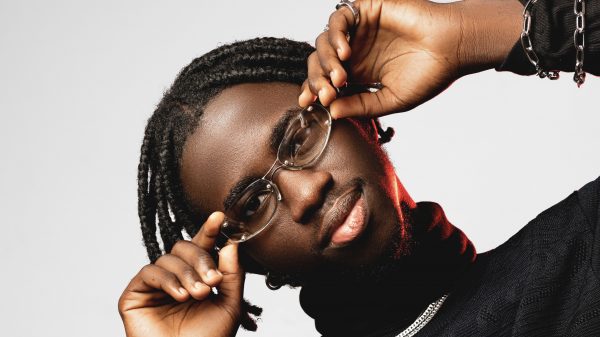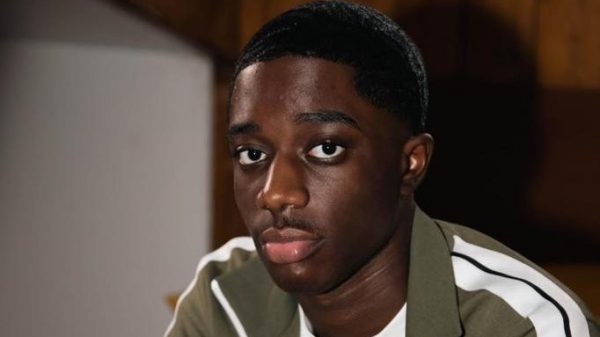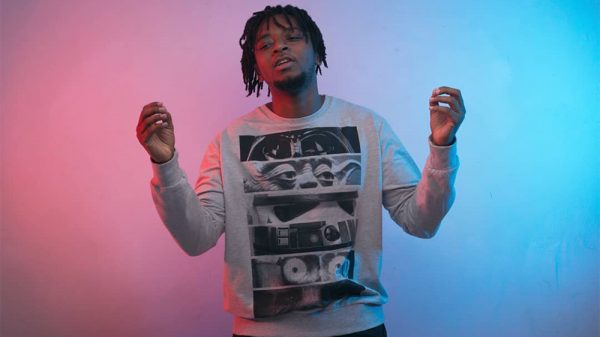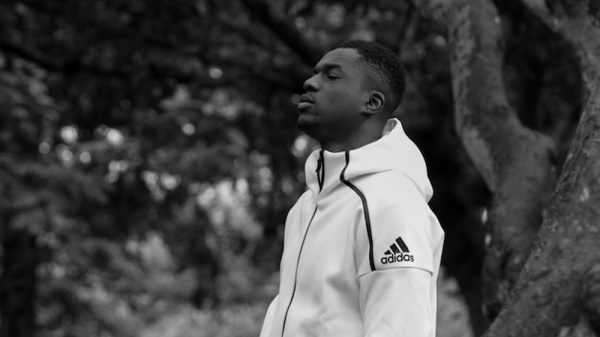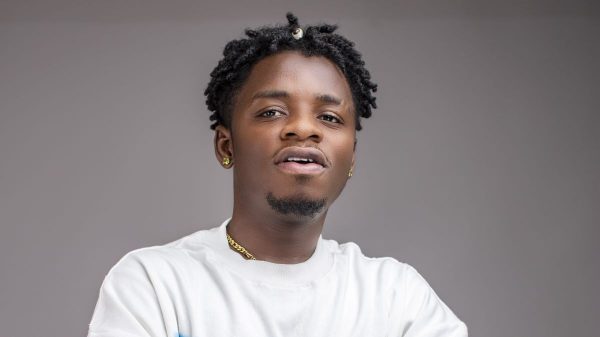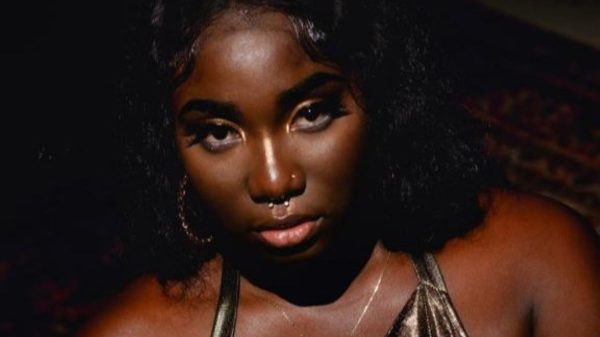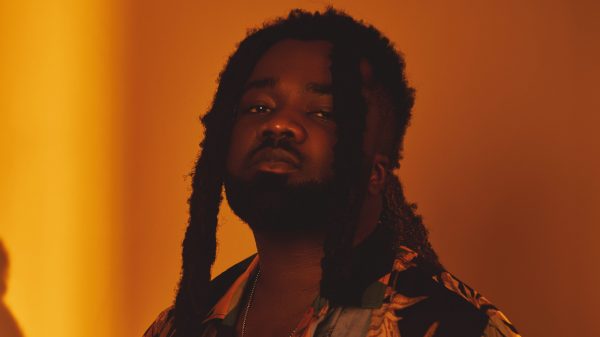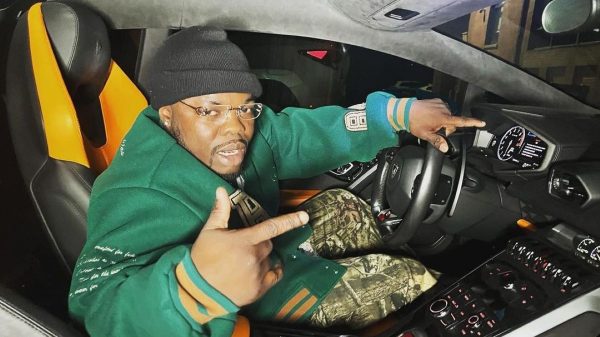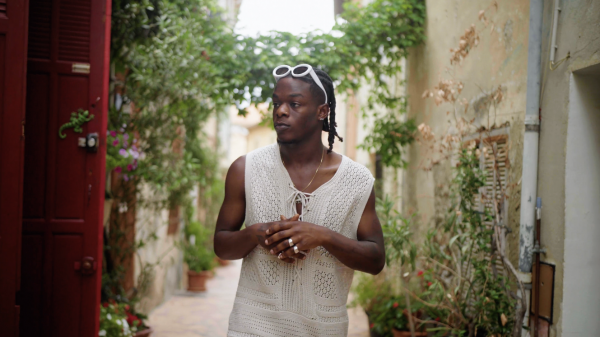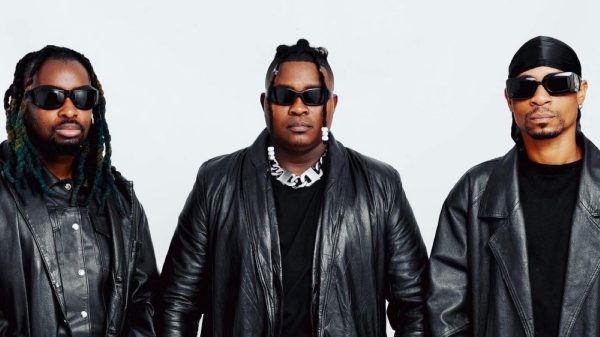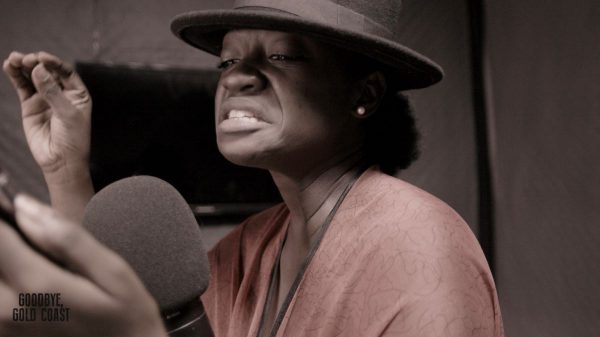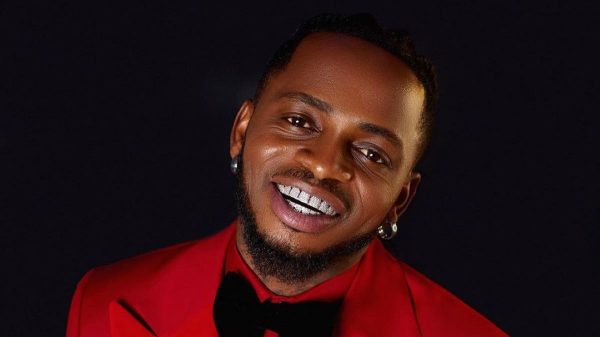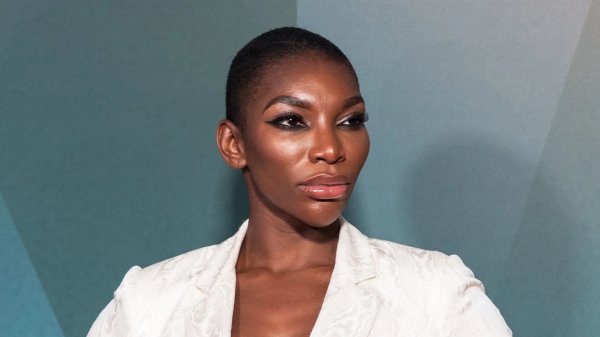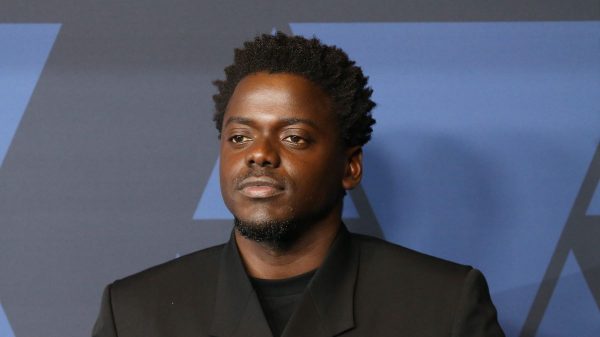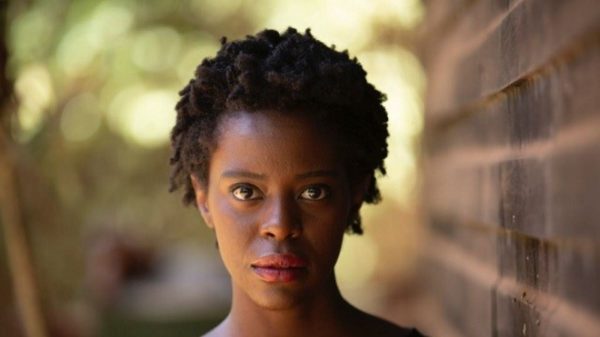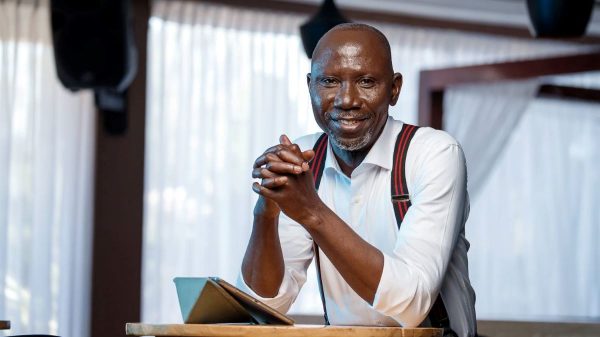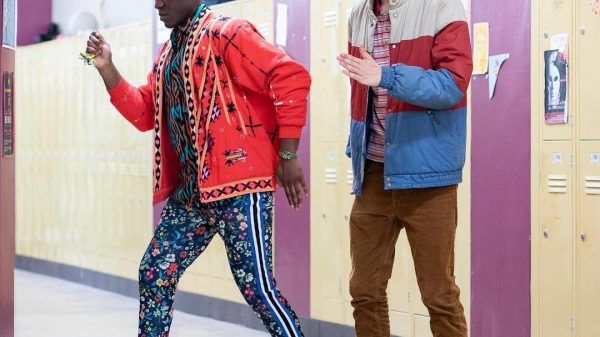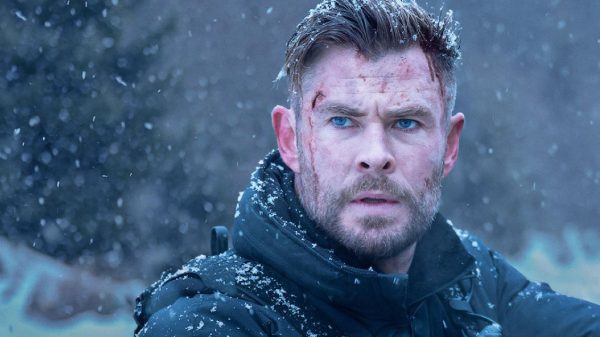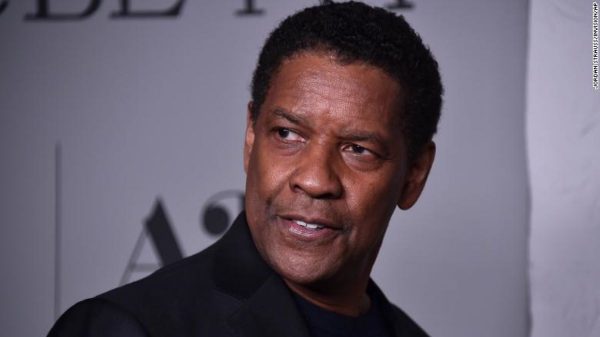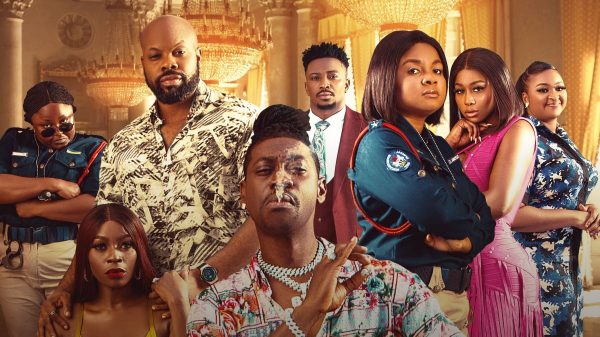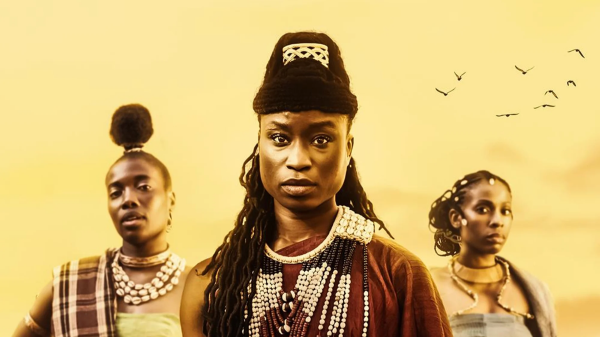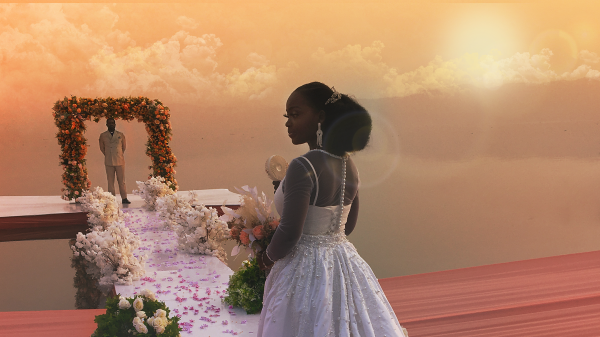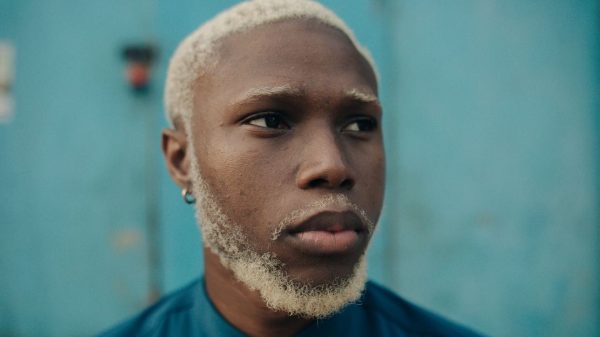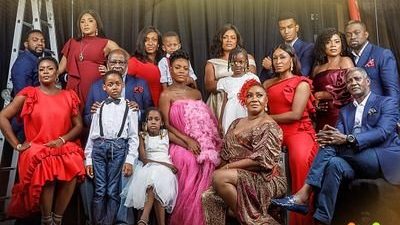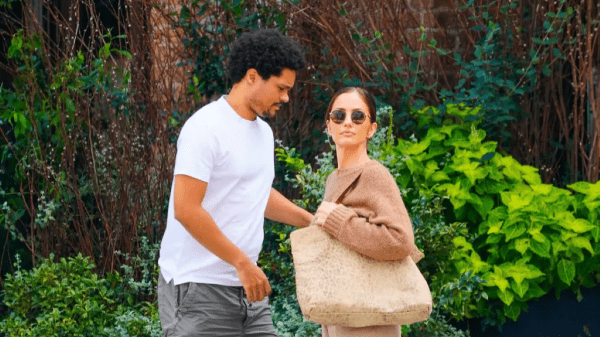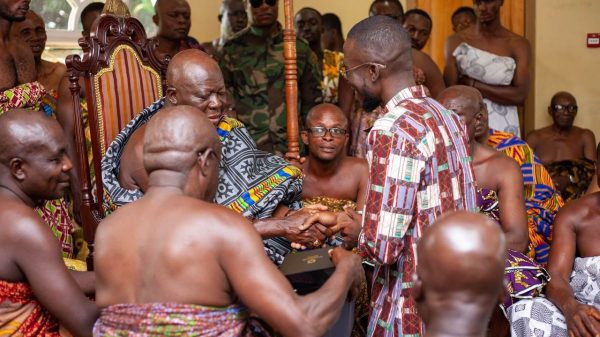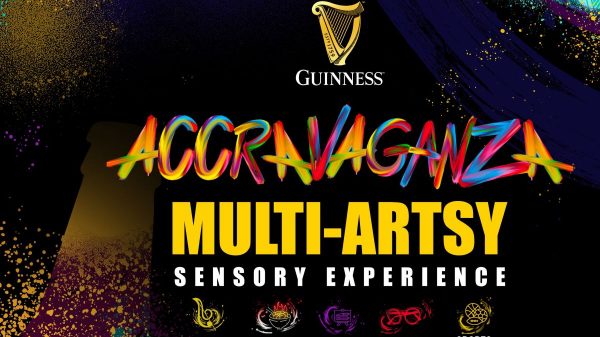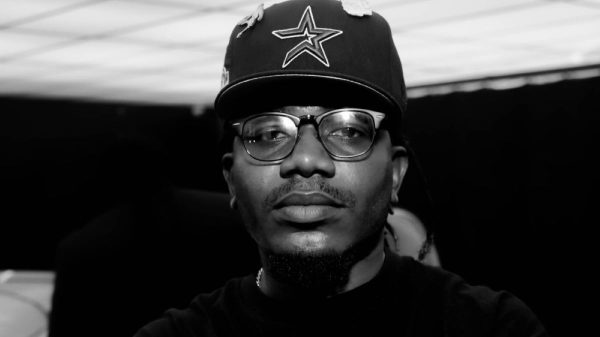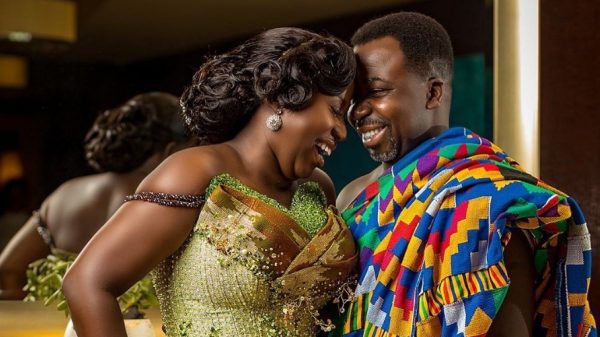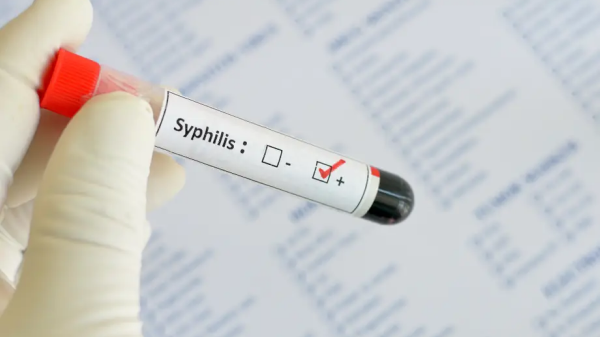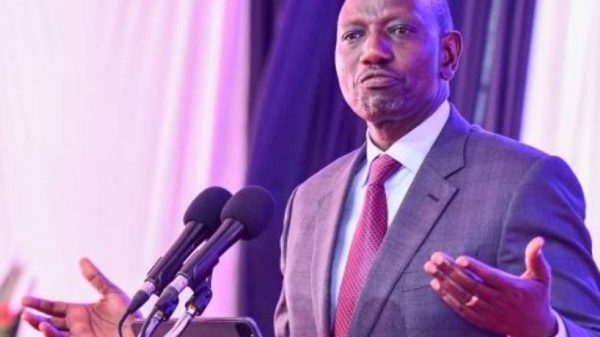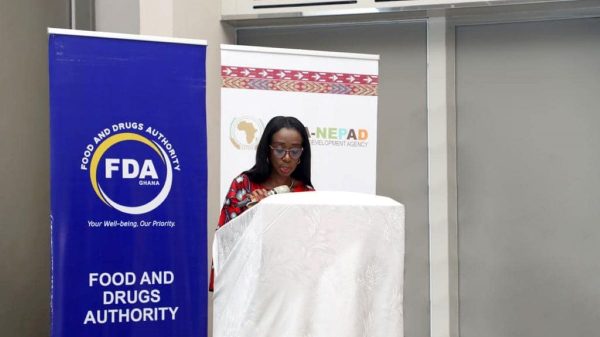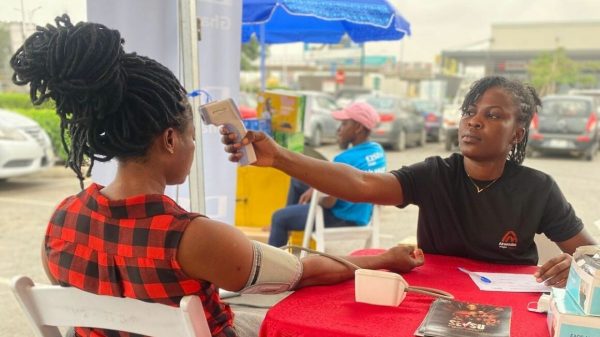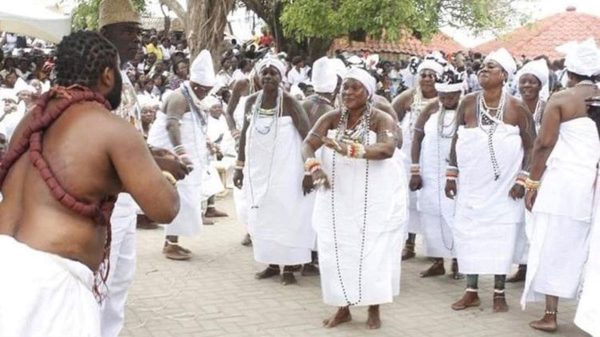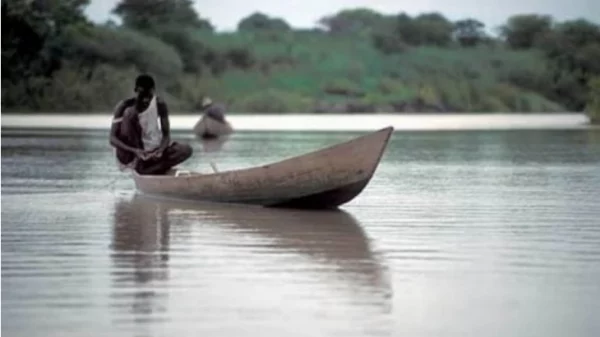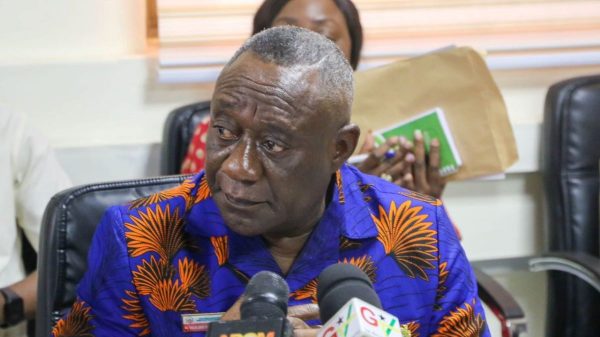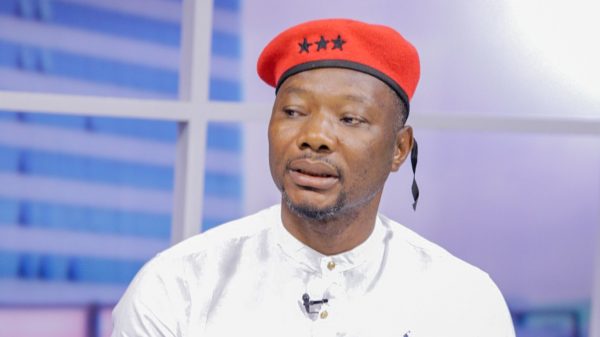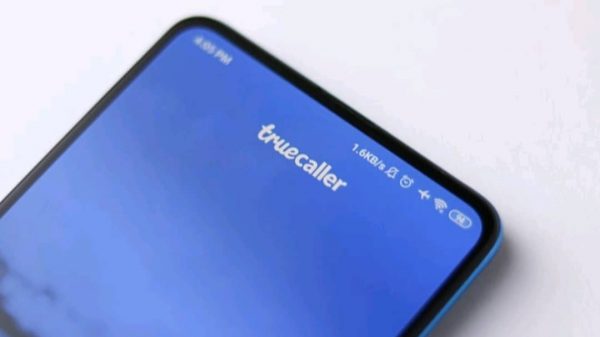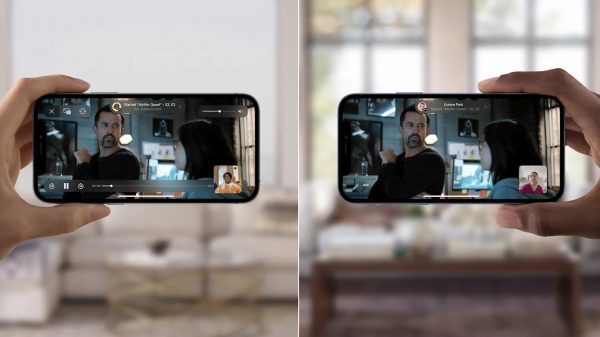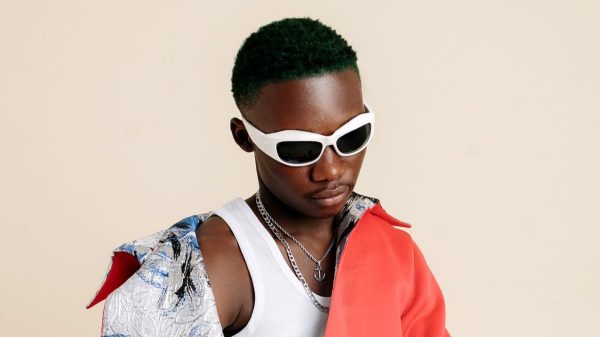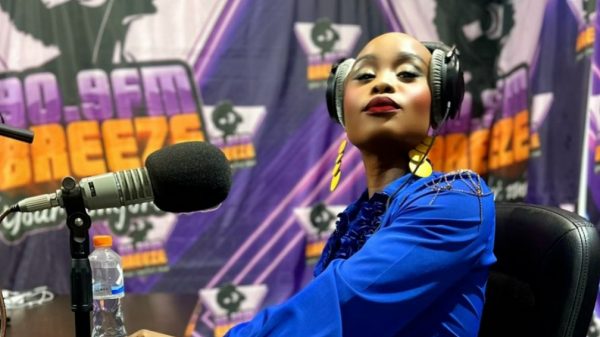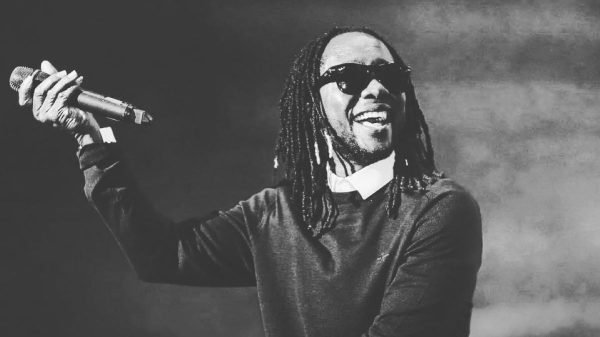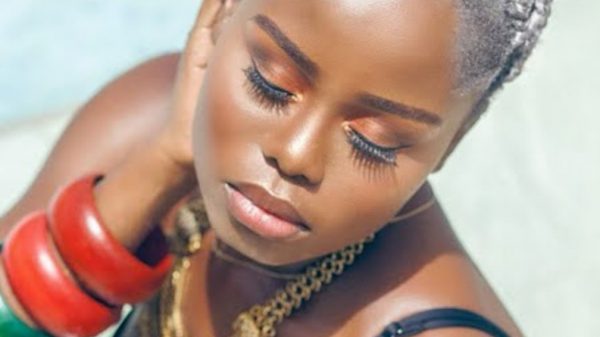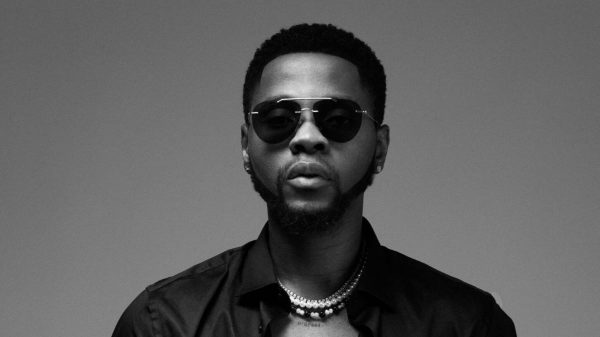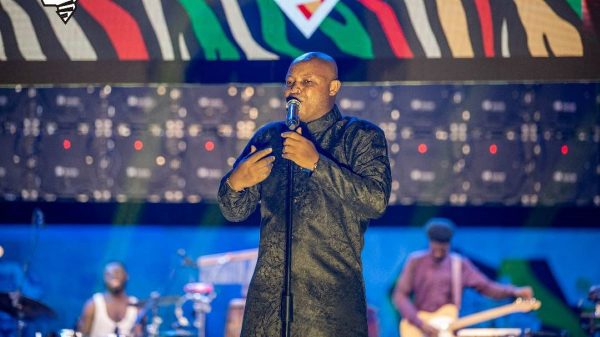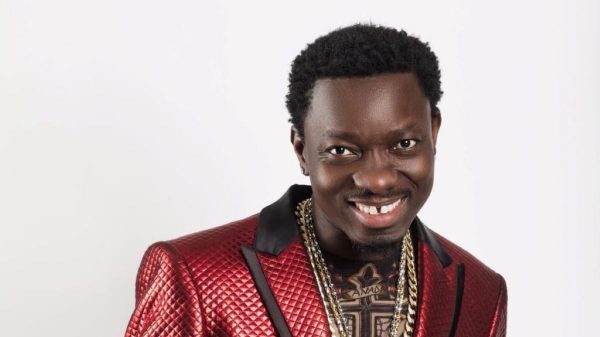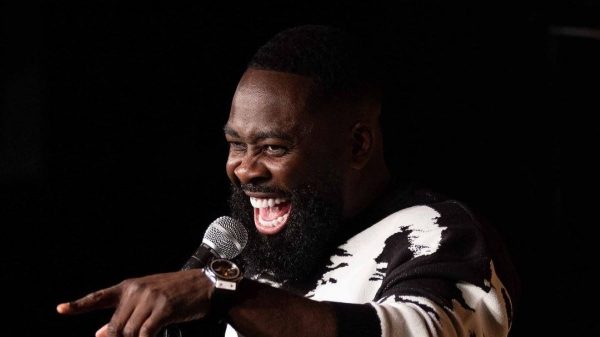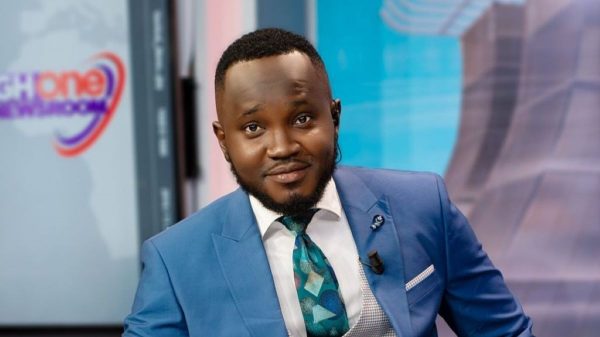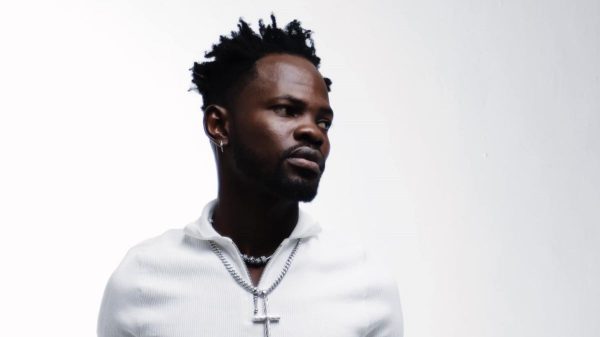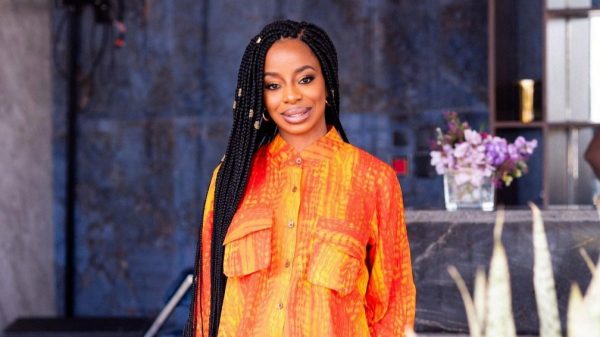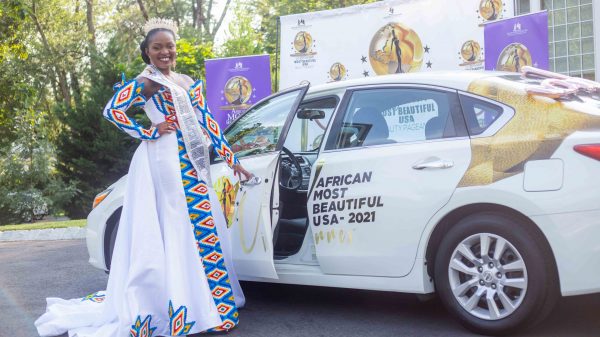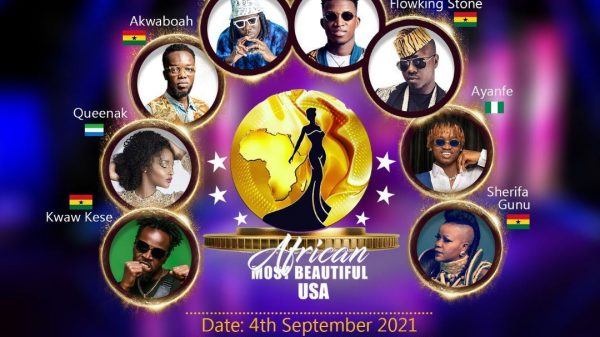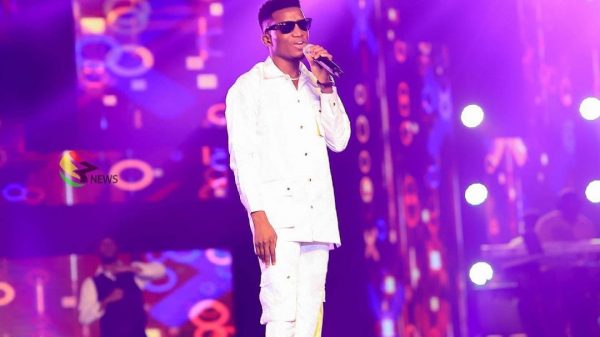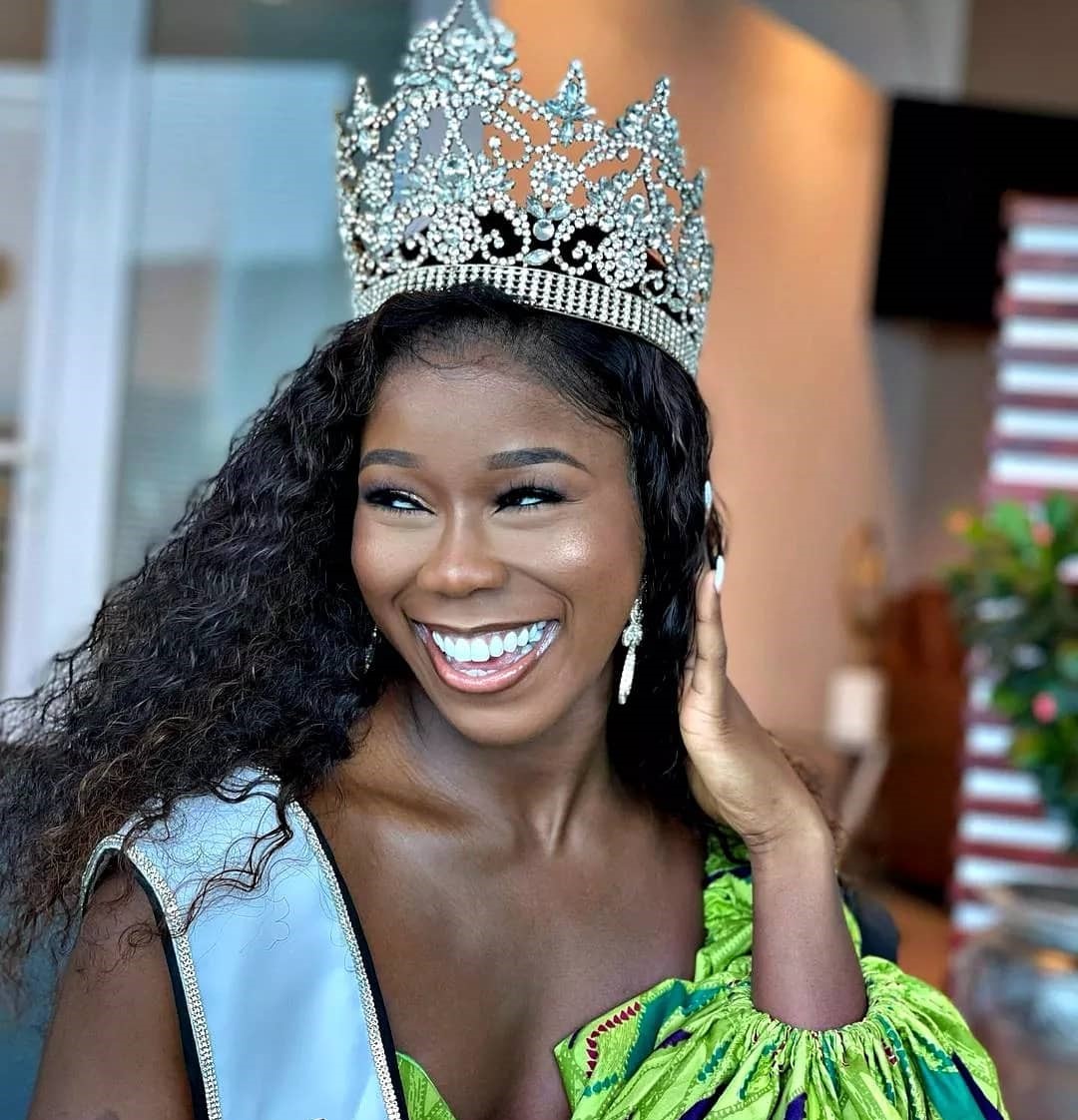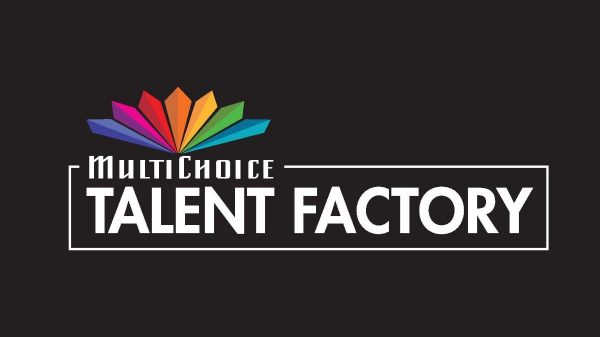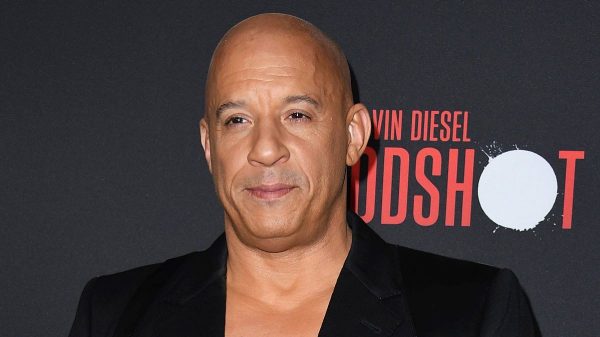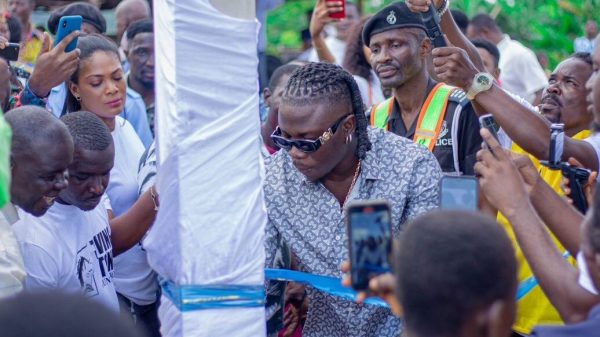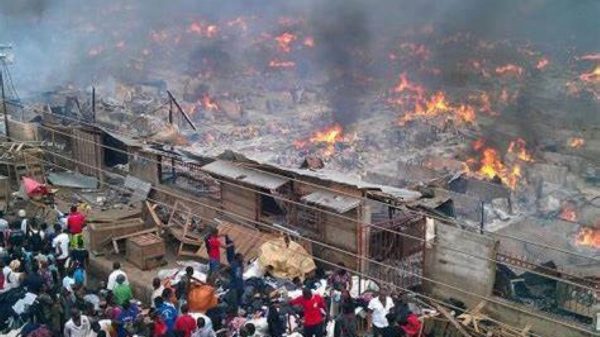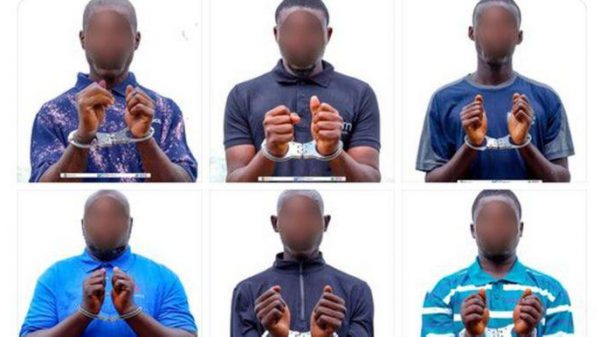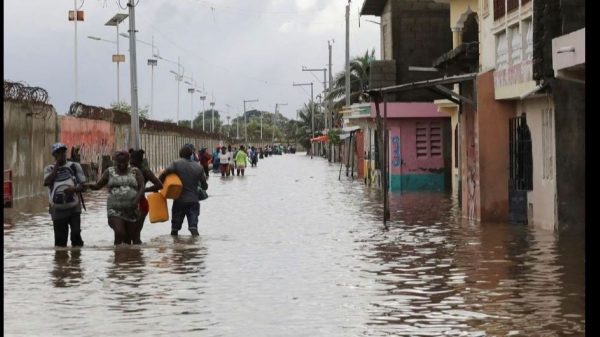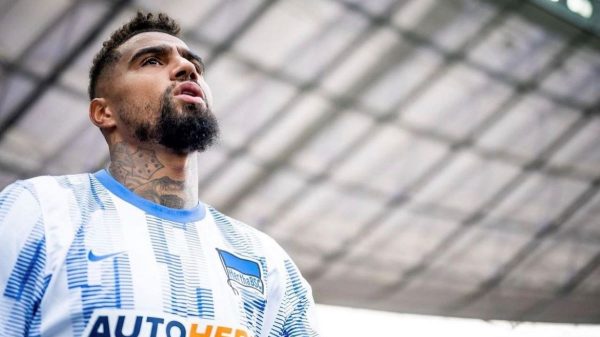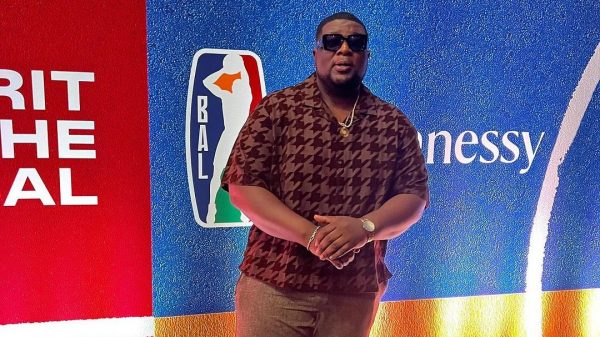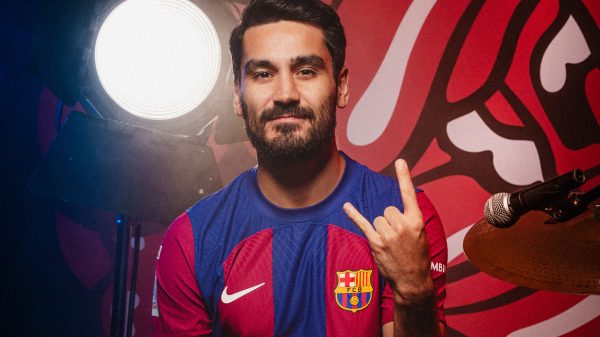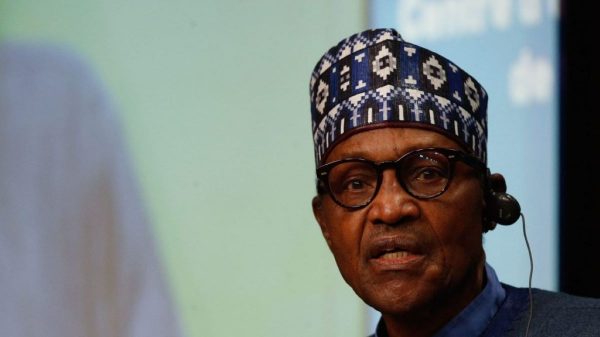I was on the twitter a while ago when I saw several tweets about Rwanda and the developmental strides they were making. I was clueless about how far Rwanda had come as a country after a rather devastating history about some two decades ago, so I decided to do a little research and I was blown away. I then decided to share my findings with the world.
A little refresher; On April 6, 1994, a plane carrying PresidentHabyarimana, and his counterpart Cyprien Ntaryamira of Burundi – both Hutus, was shot down which immediately sparked a tribal war between the Hutus and Tutsis. Within a period of 100 days, an estimated 800,000 were killed and thousands of Tutsi women were taken away and kept as sex slaves.
Paul Kagame commanded the rebel force that ended the genocide. He was Rwanda’s de factoleader when he served as Vice President and Minister of Defence from 1994 to 2000. He was re-elected in August 2017 with an official result of nearly 99% in an election criticized for numerous irregularities.
Rwanda has remarkably evolved from utter ruin to an exceptional example of African growth and stability under the leadership of President Paul Kagame. He transformed the devastated country through policies which encouraged rapid economic growth. He is also on course to turning Rwanda into a technological hub.
Between 2010-2011 Rwanda’s GDP hit a record 8.2%. The poverty rate reduced by 57% and saw over a million Rwandans escaping poverty. Other development indicators like infant mortality, employment and literacy have also incredibly improved.
How Paul Kagame turned Rwanda around
President Kagame embraced free market enterprise. Even before the 1994 genocide, Rwanda like most newly independent African countries believed the resources of the country should be regulated by the government and so there was hardly the idea of the private sector. The government controlled everything. This resulted in the concentration of power, high levels of corruption and the amassing of wealth by greedy politicians which led to severe poverty. Paul Kagame however placed the economy on the private sector as its primary driver.
He invested in infrastructure, maintaining a stable currency and marketing itself as a politically stable and low risk investment destination. He also changed the official language of education from French to English in 2008 to enable the labour force of the country compete globally.

He refused to take loans or aids from the World Bank unlike his colleague African presidents. He was keen on a self sustaining economy driven by the creation of domestic value and international trade. With time, research and studying, he was able to formulate the conditions to fundamentally transform his country’s economy.
Paul Kagame mastered the act of branding and marketing. He built strong ties with global brands such as Google, Wal-Mart and Arsenal FC. This has yielded a yearly growth in foreign investments and tourism. In 2007, the country’s Foreign Direct Investment (FDI) was $800 million and shot to $1.6 billion in 2017. These investments went into labour intensive sectors such as agriculture, tourism, mining and construction which boosted youth employment.

The Rwandan government put in serious measures to root out corruption and tribalism. He also reintroduced the indigenous practice of Imihigo. Imihigo simply means setting goals which will be evaluated at a later date. The Imihigo concept was introduced in 2006 by the government as a grown home solution to monitor and evaluate plans, programs and investments that are to be delivered for citizens at different levels of leadership.
President Kagame implemented his vision 2020 program which was to make Rwanda a knowledge base middle income country by the year 2020. To realize this vision, the government dedicated a quarter of its budget towards education and revised the curriculum to ensure a stronger fundamental on linguistics and technical skills. He also implemented targeted social welfare programs. One of such programs is the Girinka program where cows are provided to poor families. The cows bring significant improvements to the lives of the beneficiaries.

However, Paul Kagame has been constantly called a dictator and accused of human right violations and elections malpractices. Kagame is said to clump down his opposition by restricting candidacies in elections to government-friendly parties, suppressing demonstrations, and arresting opposition leaders and journalists.

I say that in a continent where corruption, power grabbing and the sheer incompetence of our elected leaders still stares at us in full glare, that ideals such as freedom of speech might just be a luxury. There is still more to be done but there is hope for the future.
© 2019 georgebritton.com All rights reserved. The use of the articles from this web portal is allowed only when quoting the source – georgebritton.com As information presented on this website may be distributed or copied.
(Source: africanpersonalities.com)

